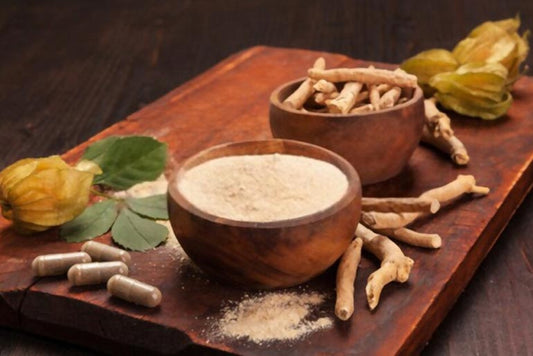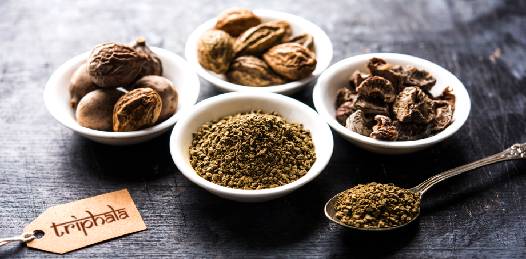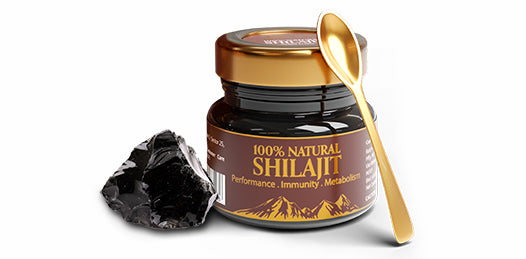Natural alternatives are gaining significant traction in modern beauty and personal care. Among these, natural hair dyes stand out as a preferred choice for those who are seeking to avoid the harsh chemicals found in conventional dyes. Indigo, a natural dye with Ayurvedic roots, is one such alternative that has been used for centuries to impart rich, vibrant colour to hair. In this blog post, we delve into Indigo's history, benefits, and application as a natural hair dye, exploring its Ayurvedic roots and how it can be integrated into your hair care routine.
The History of Indigo in Ayurveda
Indigofera tinctoria, commonly known as Indigo, has a storied history that dates back thousands of years. Its use spans various cultures and continents, from ancient Egypt to India and China. In Ayurveda, the traditional Indian system of medicine, Indigo has been revered for its dyeing properties and medicinal benefits.

Ayurvedic texts describe Indigo as having cooling and anti-inflammatory properties. It has been used to treat various ailments, including skin conditions, fevers, and infections. The leaves of the Indigo plant are the primary dye source, extracted through fermentation. This natural dye was traditionally used to colour textiles. Still, its application in hair care has become more popular due to its ability to provide a range of shades from deep blues to rich blacks when combined with henna.
Benefits of Using Indigo for Hair Dyeing
- Natural and Safe: One of the primary benefits of using Indigo as a hair dye is that it is a natural alternative to synthetic dyes. It does not contain harmful chemicals like ammonia, peroxide, or PPD (para-phenylenediamine), commonly found in conventional hair dyes and can cause allergic reactions and damage to hair and scalp.
- Conditions and Strengthens Hair: Indigo not only colours the hair but also conditions and strengthens it. It helps to improve the texture of hair, making it smoother and more manageable. Regular use can enhance hair health, reduce hair fall, and prevent split ends.
- Provides Rich, Lasting Color: When combined with henna, Indigo can produce a wide range of natural-looking hair colours, from reddish-browns to jet blacks. The colour is long-lasting and fades gradually without leaving harsh lines or roots.
- Soothes Scalp: Indigo has cooling and anti-inflammatory properties that can help soothe the scalp and reduce dandruff and other conditions. This makes it an excellent choice for individuals with sensitive scalps.
- Environmentally Friendly: Indigo is ecologically friendly and sustainable as a plant-based dye. It is biodegradable and does not contribute to water pollution, unlike synthetic dyes which can contain toxic chemicals.
How Indigo Works as a Hair Dye
Indigo works by coating the hair shaft with its natural pigments. The process of dyeing hair with Indigo involves several steps to ensure optimal colour uptake and longevity.
- Preparation: The first step is to prepare the Indigo powder by mixing it with water to form a paste. This paste is then left to sit for a specified period to allow the dye to release.
- Application: The Indigo paste is applied to clean, dry hair. Pre-treating the hair with henna is often recommended for best results, especially if you want to achieve darker shades. The henna treatment imparts a reddish base colour, which the Indigo then darkens to browns and blacks.
- Processing Time: After application, the hair is covered with a shower cap or plastic wrap to moisten the dye. The processing time can vary depending on the desired shade, typically 1 to 3 hours.
- Rinsing: Once the processing time is complete, the Indigo paste is rinsed out thoroughly with water. It is advisable to avoid shampooing for at least 24-48 hours to allow the colour to set fully.
Ayurvedic Perspective on Indigo
In Ayurveda, Indigo is classified as an herb with cooling properties (Sheetala). It is believed to balance Pitta and Kapha doshas while not aggravating Vata dosha. Indigo's cooling effect makes it particularly beneficial for individuals with Pitta dominance, as it helps to soothe inflammation and heat in the body.

Ayurvedic practitioners also value Indigo's anti-inflammatory, antiseptic, and anti-fungal properties. These attributes make it an excellent choice for addressing scalp issues such as dandruff, eczema, and other irritations. Additionally, Indigo is considered beneficial for promoting hair growth and preventing premature greying, which are common concerns addressed in Ayurvedic hair care.
Combining Indigo with Henna
The combination of Indigo and henna is highly effective for those seeking darker hair colours. Henna, derived from the Lawsonia inermis plant, imparts a reddish-orange hue to the hair, while Indigo deepens this colour to browns and blacks. This two-step process allows for a range of natural-looking shades and enhances the overall health and shine of the hair.
- Henna Application: Begin by applying a henna paste to the hair and allowing it to process for a few hours. This step not only colours the hair but also strengthens and conditions it.
- Indigo Application: After rinsing the henna, apply the Indigo paste to the hair. The henna base will interact with the Indigo, creating a darker, richer colour. The processing time for Indigo can vary, but it typically ranges from 1 to 3 hours.
- Final Rinse: Rinse the Indigo paste with water, and avoid shampooing for 24-48 hours to allow the colour to set.
Tips for Best Results
- Quality of Ingredients: Ensure you use high-quality, pure henna and Indigo powders. Adulterated or low-quality products can affect the final colour and health benefits.
- Patch Test: Always perform a patch test before using Indigo or any new hair product to check for allergic reactions.
- Consistency: Maintain a smooth, lump-free paste for even application. Use warm water to mix the powders for better dye release.
- Moisture Retention: Keep the dye moist while processing by covering the hair with a shower cap or plastic wrap. This ensures even colour distribution and better uptake.
- Hair Care Routine: Incorporate a regular hair care routine with natural oils and masks to maintain the health and vibrancy of your dyed hair.

Conclusion
Indigo offers a natural, safe, and effective alternative to conventional hair dyes. Rooted in the ancient wisdom of Ayurveda, it provides rich, lasting colour and nourishes and strengthens the hair. By combining Indigo with henna, you can achieve a wide range of beautiful, natural-looking shades while enjoying the therapeutic benefits of these powerful Ayurvedic ingredients. Embrace the natural beauty of Indigo and transform your hair care routine with this timeless, eco-friendly dyeing method.











